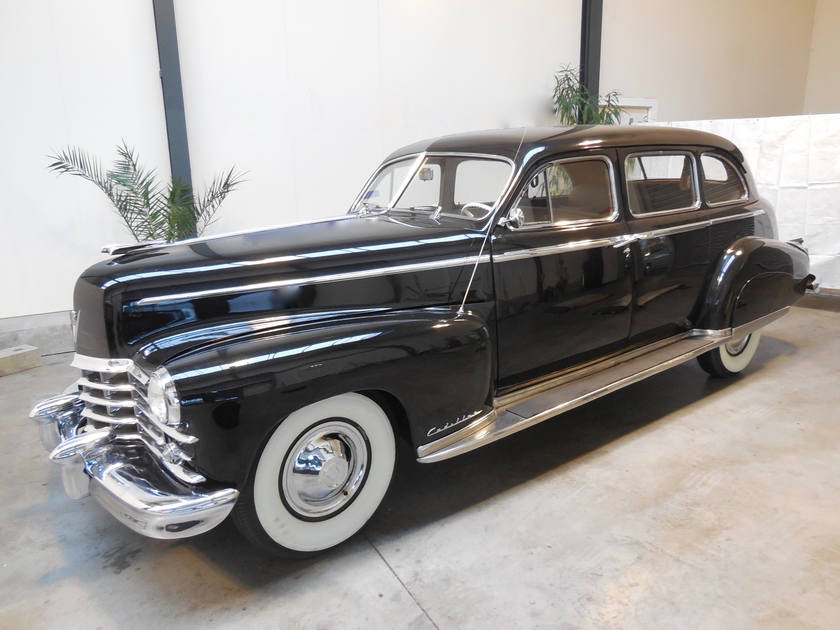Study shows antiques are popular collectible investments
Antiques are amongst the most popular collectible investments, according to a new study by Lloyds Private Banking, with UK antiques investors turning pastimes into profit.
The study found that antiques are expected to generate returns of 35% over the next 10 years, with one in six people investing to protect themselves from market volatility.
 The research shows that of the one in six UK investors who hold collectibles in their portfolios, 8% of them invest in antiques. This compares with an average of 7% investing in other hobby investments.
The research shows that of the one in six UK investors who hold collectibles in their portfolios, 8% of them invest in antiques. This compares with an average of 7% investing in other hobby investments.
The study has revealed that investors are willing to part with large sums of money to invest in what they love. On average, £32,500 is the most spent on a single antiques investment, with almost two in five (37%) spending more than £50,000 on an individual item. Only classic cars are more expensive, at an average of £34,500 per investment.
However, investors who don’t have tens of thousands spare to spend on an alternative investment are finding that investing in their hobby doesn’t need to break the bank. 25 percent of investors spend less than £1,000 on hobby investments in general, demonstrating that there needn’t be a high cost barrier to investors diversifying their portfolios.
The study says that overall the majority of investors are satisfied with the performance of antiques in the last year (55%) and satisfaction grows the longer the investment is held (76% over ten years).
The majority of hobby investments are driven by an investor’s personal interest for the asset class – this is especially the case for antiques, where 50% of owners link their investment to personal sentiment. A further 21% say they choose to invest to build a personal collection and 16% to protect themselves from market volatility. Other high value asset  classes predominately driven by personal interest are art (53%) and whisky (44%). For those who do invest in one of these classes, alternative investments make up 18% of their portfolios on average.
classes predominately driven by personal interest are art (53%) and whisky (44%). For those who do invest in one of these classes, alternative investments make up 18% of their portfolios on average.
However not all alternative investments are driven by personal hobbies or aesthetics. Keen numismatists are far more likely to invest in coins for financial gain rather than personal interest (32% financially driven vs 24% personally interested).
Markus Stadlmann, CIO, Lloyds Private Banking, says, “In investment terms, work and play do not need to be mutually exclusive, and with the right investment approach it is possible to make your interests pay.
“Often tangible assets, such as an antique, retain their value and are not eroded by inflation. Over the long-term, these types of assets do not closely correlate with more traditional equity and bond markets, and therefore offer diversification opportunities. Investing in something you enjoy is a great way to make your portfolio unique to you.”
Alternative investments are expected to see more inflows over the next ten years. The study found that antiques will attract significant amounts in the future (1 year: £9,800, 5 years: £14,300, 10 years: £19,300).
 The largest investments will continue to go towards classic cars (1 year: £16,500, 5 years: £21,700, 10 years: £21,400) and watches (1 year: £12,100, 5 years: £17,500, 10 years: £19,900). Investors in fine wine are expecting the strongest level of return in the long term (48%) whilst classic cars are predicted to perform better in the medium term at 41%.
The largest investments will continue to go towards classic cars (1 year: £16,500, 5 years: £21,700, 10 years: £21,400) and watches (1 year: £12,100, 5 years: £17,500, 10 years: £19,900). Investors in fine wine are expecting the strongest level of return in the long term (48%) whilst classic cars are predicted to perform better in the medium term at 41%.
Markus concludes, “Investing in what you love is not a new phenomenon. Savvy investors have always looked to profit from personal interests. However, it is vital to remember that you are dealing with predominately private markets. It is therefore highly important that before you invest in your favourite antique, car, watch or wine, you do your research. From the start you must be clear on your motivation behind the investment. You must also consider all costs, including: purchase, restoration, storage, upkeep, and insurance. And be sure that items have all valid documentation, to ensure that you give yourself the best chance to make your pastime pay.”
